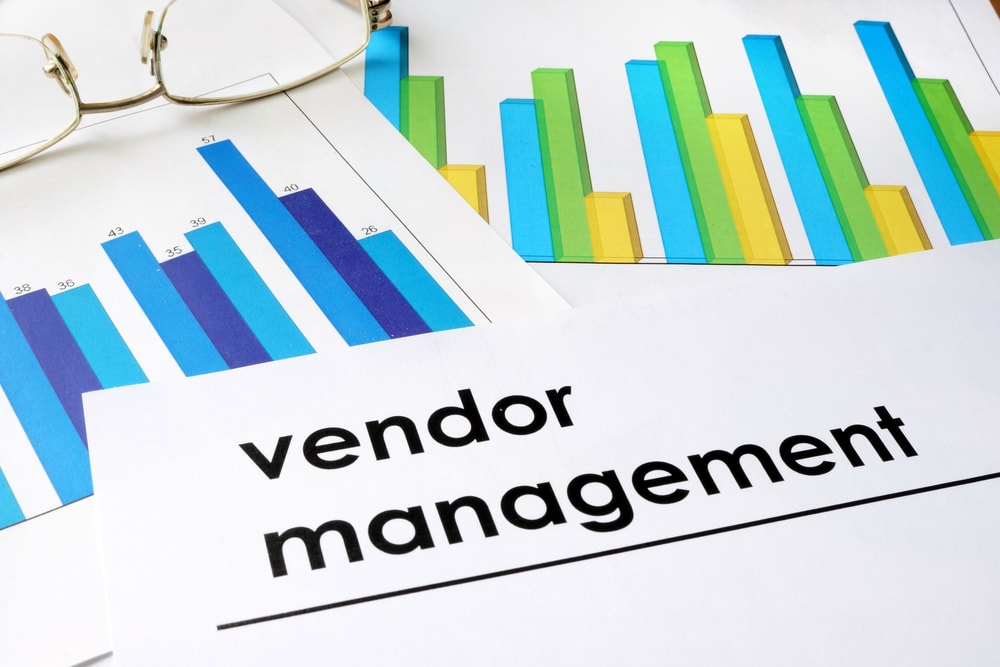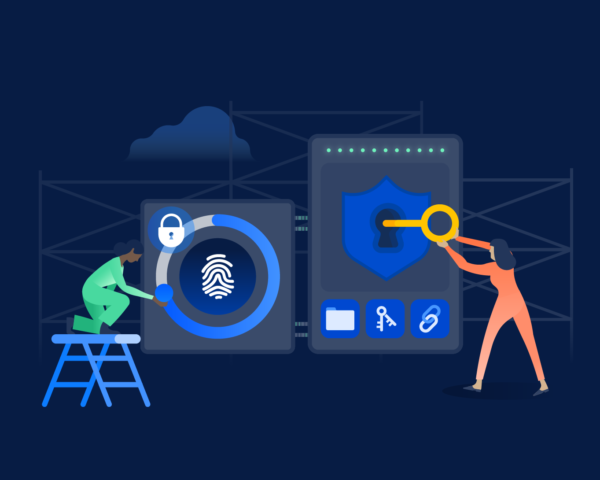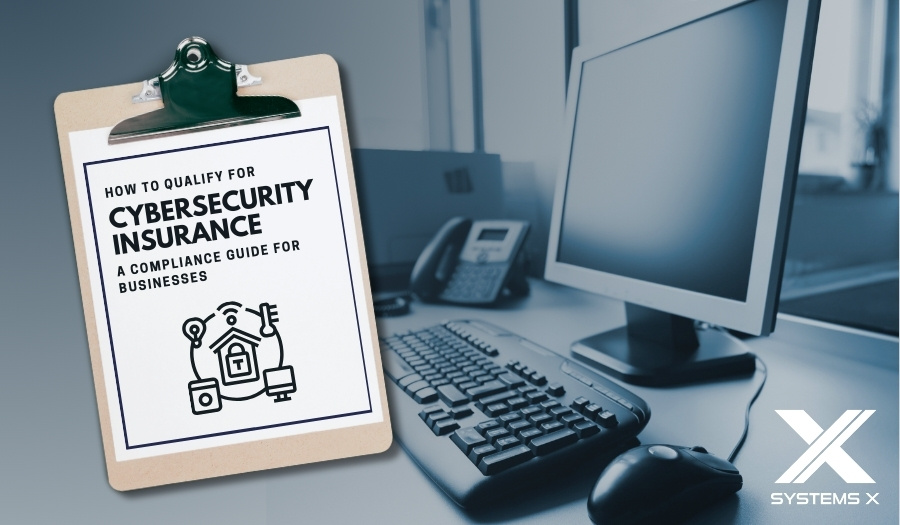Authentication vs Authorization: Differences & Similarities
Keeping your business safe isn’t usually a single step. It’s a series of vital steps designed to build a barricade around you and your most vital...

The foundation to a productive business is a complex one. You need several skills working in tandem to execute several tasks on a regular basis.
The same philosophy applies to vendor management. With third-party vendor collaborations on the rise, now is the best time to reassess your vendor management strategy. When’s the last time you looked over your questionnaires for better inquiries? Do you have a plan in place if there’s a security breach or data silo?
Give your business the sturdiest possible ground. We’re going to share our top vendor management tips for 2022 so you can enjoy all the perks of third-party vendors.
Before we dive into our most reliable vendor management tips, let’s revisit the basics. Vendor management is the act of working with third-party vendors safely, consistently, and effectively.
This term denotes all the steps that go into a healthy business-vendor relationship. You’ll be doing everything from researching third-party vendors to interviewing them for possible risks.
It’s important to note that vendor is a broad term for any worker or business that supplements your business with a key service. Just a few of the services you can hope to enjoy with third-party vendors include (but aren’t limited to):
Related: Top 10 Advantages Of VOIP In 2022
A case-by-case basis toward your third-party vendors will just result in too much work on your end. A reliable onboarding process will provide the baseline for all relationships going forward. After all, you know your needs best.
The onboarding process is designed to give you all the information and documentation needed to collaborate effectively with your third-party vendor. At the very least, you should have:
Do you know if your third-party vendor is trustworthy? This is the last area you should ever think to do guesswork. It’s time to upgrade your risk management assessment process.
Your risk management assessment process is designed to mitigate the legal, financial, and security risk associated with third-party vendors. You should have the following:
Related: What’s The Real Cost Of Bad Security Compliance?
Contracts are a vital part of doing business. While handshakes and word-of-mouth might’ve worked in the past, it’s essential you review your digital or paper contracts.
Sit down with a lawyer to make sure you have all the vital clauses, contact information, and legal language to conduct business with a third-party vendor.
Security is one of the biggest concerns of employers today. We’re proud to provide technical insight and security consulting for CEOs, CFOs, and senior leaders.
It’s much more cost-effective to maintain business relationships in the long-term. This philosophy saves you the time and energy of constantly researching new vendors to work with.
Aim for a long-term partnership with your third-party vendor. You’ll enjoy the benefits of increased trust, a familiar working partnership, and less money spent.
Your third-party vendors aren’t just a means to an end. They’re seasoned professionals with deep insight into your industry, niche, and audience(s).
If you believe it to be feasible, invite your third-party vendors to stakeholder meetings or ask for their thoughts on business goals. You’ll be surprised by how much you’ll learn.
Related: 5 Ways To Improve Technology Adoption In Your Organization
One of the biggest pitfalls toward a healthy working relationship with your third-party vendor is poor timing. Make sure they’re receiving the right information when they need it, not just when you feel like telling them.
The more punctual and communicative you are, the better they can do their job.
Nobody likes chasing down a check. Give your third-party vendors the professionalism they deserve by figuring out your payment schedule early on.
Is everyone using the same payment information? Has all the payment information been gathered during the onboarding stage? Setting up all these essential pieces will make it easier to pay all your vendors on time.
This last tip might not be needed if you’re only working with one or two vendors, but it’s a must-have if you have several collaborators. A centralized data hub – or VRM – will help you keep all your information in one place.
Data silos are extremely damaging to businesses and regularly erode productivity in the workplace. Similar to a customer management system (or CRM), a VRM will reduce your risk for expensive, time-consuming errors.
Vendor management is a blend of organizational, communication, and business skills. This framework gives your business the ability to focus on your job instead of juggling plates.
Our top vendor management tips for 2022 are:
Which third-party vendors are you seeking out to assist your business in 2022? Contact us today to reap the benefits of managed security, software development, and cloud solutions.

Keeping your business safe isn’t usually a single step. It’s a series of vital steps designed to build a barricade around you and your most vital...

Cybercrime is having a truly major impact on the global economy, a new report has claimed. According to McAfee, in 2018, cybercrime cost the global...

Cybersecurity insurance has become a crucial safeguard for businesses of all sizes. However, meeting specific compliance standards is critical in...